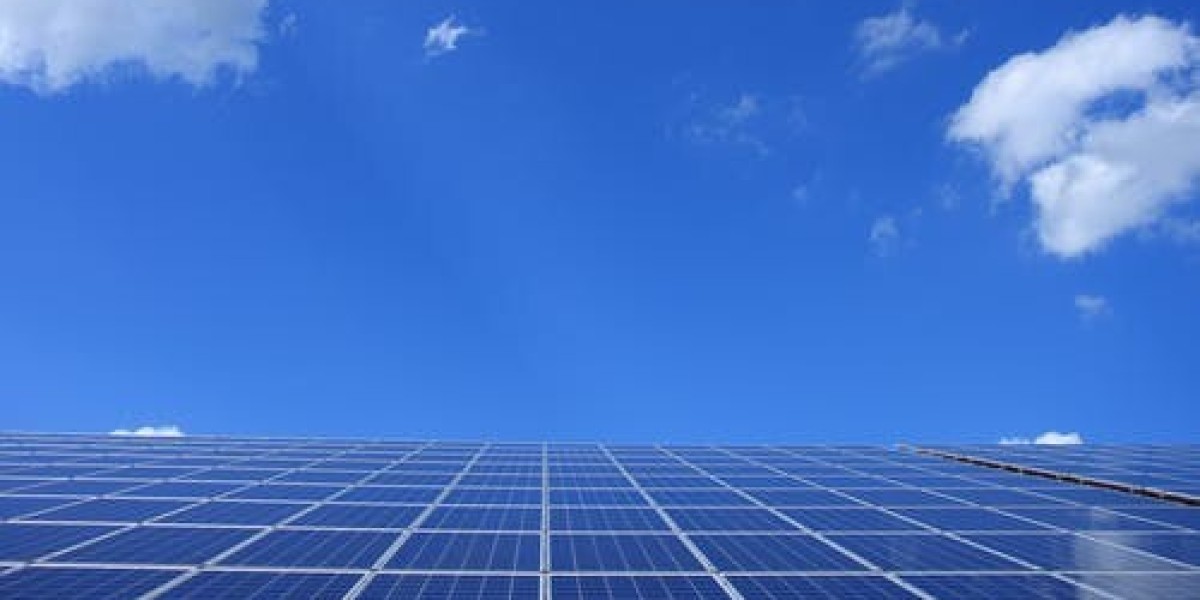The demand for renewable energy has never been more critical, and solar power remains a leading contender in this transformative shift towards sustainability. Among the various innovations in the solar industry, bifacial half-cut solar panels are gaining significant attention. They are lauded for their superior efficiency, durability, and overall performance, offering a promising future for energy generation. In this analysis, we will explore why bifacial half-cut solar panels are positioned as the future of renewable energy.
1. Introduction to Bifacial Half-Cut Solar Panels
Bifacial half-cut solar panels are a combination of two cutting-edge solar technologies: bifacial modules and half-cut cells. Bifacial modules can generate electricity from both sides of the panel, while half-cut cells are split in half to reduce power loss, improve efficiency, and enhance durability. Together, these technologies create a panel that optimizes solar energy capture and conversion, offering significant advantages over traditional monofacial panels.
Bifacial Technology: Traditional solar panels only convert sunlight from one side (the front). In contrast, bifacial panels capture sunlight from both the front and rear, utilizing light reflected off the ground or surrounding surfaces. This allows for a potential energy boost of 5-30%, depending on the installation environment.
Half-Cut Technology: In standard solar panels, cells are full-sized and prone to power losses due to resistive heating and shading. By splitting the cells into two, half-cut solar panels reduce resistive losses, leading to higher overall efficiency, better performance in shaded conditions, and enhanced longevity.
2. Increased Efficiency and Power Output
One of the most significant reasons bifacial half-cut solar panels are gaining popularity is their superior efficiency. By harnessing sunlight from both sides, these panels can generate more electricity compared to conventional monofacial panels. This is particularly beneficial in environments where light reflects off surfaces like snow, sand, or water, further boosting energy production.
Moreover, half-cut cells contribute to increased power output by reducing the electrical resistance within the cells. In traditional panels, resistive losses can lead to inefficiencies, especially in large-scale installations. By splitting the cells, the current flowing through each cell is halved, reducing resistive heating and enhancing overall performance.
- Key Benefit: Higher energy output in varied conditions. For instance, bifacial half-cut solar panels installed in snowy or desert areas can capture light from both direct sunlight and reflected light, significantly improving energy generation.
This dual efficiency gain—due to both bifacial and half-cut technologies—makes bifacial half-cut solar panels a more attractive option for commercial, industrial, and residential solar power systems. As Solar Panels manufacturers continue to innovate, the market is shifting towards these high-efficiency solutions to meet the increasing demand for clean energy.
3. Durability and Longevity
In addition to higher efficiency, bifacial half-cut solar panels are also more durable than traditional panels. The use of half-cut cells reduces the risk of microcracks, which are a common issue in full-sized cells. Microcracks can expand over time, reducing the panel's ability to generate power. Since half-cut cells experience less mechanical stress, they are more resistant to wear and tear.
Furthermore, bifacial modules often have a double-glass structure, which provides better protection against environmental factors such as moisture and temperature fluctuations. This results in a longer lifespan for bifacial half-cut solar panels, making them a more reliable investment for long-term solar energy projects.
- Key Benefit: Greater durability and a longer operational life, which translates to lower maintenance costs and a better return on investment (ROI) over time. Solar Panels manufacturers are also benefiting from offering customers panels with extended warranties due to the improved durability of these designs.
4. Versatility in Installation
Another key advantage of bifacial half-cut solar panels is their versatility in installation. These panels can be mounted in various ways to maximize their energy output. While traditional panels are often mounted at fixed angles to optimize sunlight exposure on the front, bifacial panels benefit from additional light capture on the rear side, regardless of their angle. This flexibility allows for more creative and efficient use of available space.
Ground-Mounted Systems: Bifacial half-cut panels perform exceptionally well in ground-mounted systems, where the rear side of the panel can capture sunlight reflected off the ground. In high-albedo environments, such as snowy regions, the energy yield can increase significantly.
Vertical or Tilted Installations: Unlike conventional solar panels that lose efficiency when tilted away from the sun, bifacial panels can still capture light on their rear side, making them suitable for installations on uneven terrain or in areas with limited space.
BIPV (Building Integrated Photovoltaics): Bifacial half-cut solar panels are also becoming popular in building-integrated applications, where solar panels are used as part of the structure, such as on facades, skylights, or awnings. Their ability to capture light from both sides allows for more energy production even when the panel is not directly facing the sun.
This versatility makes bifacial half-cut solar panels ideal for a wide range of applications, from utility-scale solar farms to residential rooftops and innovative architectural designs.
5. Reduced Levelized Cost of Energy (LCOE)
The levelized cost of energy (LCOE) is a key metric used to evaluate the cost-effectiveness of energy generation technologies. It represents the average cost per unit of electricity generated over the lifetime of an energy system. Bifacial half-cut solar panels contribute to a lower LCOE in several ways:
Higher Energy Output: The increased efficiency and power output of bifacial half-cut panels mean that more electricity can be generated from the same amount of installed capacity, reducing the cost per kilowatt-hour (kWh).
Lower Maintenance and Replacement Costs: The enhanced durability and longer lifespan of bifacial half-cut panels translate to reduced maintenance requirements and fewer replacements over time, further lowering the total cost of ownership.
Optimized Space Utilization: The ability to generate more energy from the same footprint, especially in space-constrained environments, helps to reduce the overall cost of solar installations, making them more competitive with other energy sources.
As Solar Panels manufacturers continue to refine these technologies, the cost-effectiveness of bifacial half-cut solar panels will improve, making them an increasingly attractive option for investors and energy producers.
6. Environmental and Sustainability Impact
Bifacial half-cut solar panels not only enhance the economic viability of solar energy projects but also contribute to greater environmental sustainability. By maximizing energy output, these panels reduce the need for additional land and materials, minimizing the ecological footprint of solar installations.
Additionally, their higher efficiency allows for more clean energy to be generated, reducing dependence on fossil fuels and helping to mitigate climate change. The improved durability of bifacial half-cut panels also reduces waste by extending the operational life of solar systems, contributing to a circular economy in the renewable energy sector.
7. Conclusion
Bifacial half-cut solar panels represent a significant leap forward in solar technology, combining enhanced efficiency, durability, and versatility. These panels are well-suited for a wide range of applications, from residential rooftops to large-scale solar farms, and offer significant advantages in terms of power output, longevity, and cost-effectiveness.
As the renewable energy sector continues to evolve, the demand for more efficient and reliable solar technologies will grow. Bifacial half-cut solar panels, supported by the innovations of Solar Panels manufacturers, are poised to play a pivotal role in this transformation, making them a key player in the future of sustainable energy.



